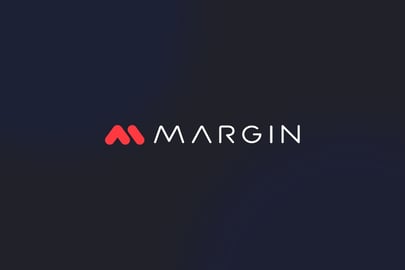How Much Does a Web Design Cost in Australia?

Is it time to update your business website? Have you been putting it off because you’re worried about potential costs?
The cost of web design is one of the most frequently asked questions in the industry, but the answer isn’t as simple as it may seem.
The price of your website project depends on your requirements, including the type of site you want to build, the complexity of its functionality, the level of customisation, and how much support is required. Then, the price is influenced by whether you partner with a freelancer or agency or do it yourself, and the timeframe you expect it completed in.
There’s a lot to consider, especially if you’ve never built a website before. To make things easier for you, we’ve put together this blog. We’re exploring what influences the cost of web design in Australia, some tips to reduce costs, the process of web design, and how to choose the right web design agency.
While you’ll need to chat with our team to determine the exact cost of your website project, this article should give you a rough idea to start planning. Let’s dive in.
Factors Influencing Web Design Cost
Several factors influence the cost of web design in Australia. The complexity and functionality of the website are primary determinants. Basic websites, which typically include a few pages such as Home, About, Services, and Contact, generally cost between $10,000 to $20,000.
E-commerce websites, requiring additional functionalities like payment gateways, product pages, and security features, can range from $15,000 - $20,000 Custom websites with tailored designs and unique features often exceed $25,000.
The design requirements also play a significant role in determining costs. Using pre-designed templates is more affordable compared to custom designs that reflect your brand's uniqueness. Content creation is another factor. Creating your own content can save money, whereas hiring a professional content writer will add to the costs. Integrating SEO from the start can increase the cost but provides long-term benefits in visibility and traffic. Ongoing maintenance and support can incur extra expenses.
How to Reduce Web Design Costs
If you’re looking to minimise your web design expenses, there are several strategies you can employ. One effective approach is to use website builders like Wix, Squarespace, and WordPress, which offer affordable plans with customisable templates. Limiting functionality initially and adding more features as your budget allows can also help control costs. Creating your own content and using free resources for images and videos can significantly reduce expenses. It’s also wise to compare quotes from multiple agencies to get the best deal and to negotiate prices where possible.
The Web Design Process
Understanding the web design process can help you manage expectations and ensure a smooth project flow. The process typically begins with a discovery phase where the web designer learns about your business, goals, and target audience. This is followed by the planning phase, which involves creating a sitemap and wireframes to outline the website’s structure. The design phase comes next, where visual elements like colour schemes, typography, and images are created.
Once the design is approved, the development phase begins. This is where the website is coded and functionalities are implemented. After development, the site goes through a testing phase to identify and fix any issues. Finally, the website is launched, followed by ongoing maintenance and updates to ensure it remains functional and up-to-date.
Agency vs DIY
When it comes to web design, you have the option to hire a professional agency or take the DIY route. Hiring an agency typically results in a higher quality, professional-looking website. Agencies have the expertise and resources to create a website that meets your specific needs and can handle complex functionalities and integrations. However, this comes at a higher cost.
On the other hand, DIY web design can be a more affordable option, especially for small businesses or startups with limited budgets. Using website builders like Wix, Squarespace, or WordPress can help you create a functional website without the need for advanced technical skills. While the DIY approach may save money, it often requires more time and effort on your part, and the end result may not be as polished as a professionally designed site.
Choosing the Right Web Design Agency
Selecting the right web design agency is crucial for the success of your project. Start by researching potential agencies and reviewing their portfolios to assess their style and quality of work. Look for agencies with experience in your industry, as they will better understand your needs and target audience. Client testimonials and reviews can provide valuable insights into an agency’s reliability and customer service.
When meeting with potential agencies, ask about their design process, timelines, and pricing structure. It’s important to choose an agency that communicates clearly and is transparent about costs and deliverables. Ensure they offer ongoing support and maintenance services, as a website requires regular updates and troubleshooting.
Another consideration is the technology and platforms the agency uses. Make sure they are familiar with the latest web design trends and technologies to ensure your website is modern and scalable. Finally, consider the agency’s ability to integrate SEO and digital marketing strategies into the web design process, as these elements are crucial for driving traffic and generating leads.
Final Thoughts
In Australia, the cost of a web design project can vary widely based on factors such as complexity, design requirements, content creation, SEO integration, and maintenance. It’s also influenced by whether you hire an agency or DIY.
Although hiring an agency requires a higher initial investment, it’s well worth it for the polished final product. Don’t believe us? Take a look at some of our award-winning websites in our gallery.
Ready to Redesign your Website?
Download our Ultimate Website Redesign Checklist to get started.
Then talk to us! At Margin, we take a user centric approach to all our website design and development projects. Our objective is to strike a balance between your business objectives and user objectives. Our process is collaborative and insight-driven.


